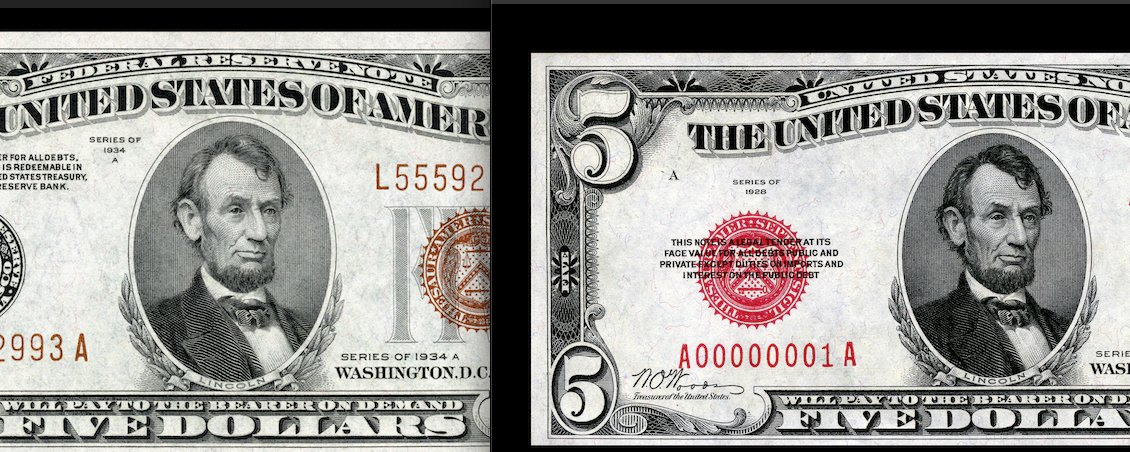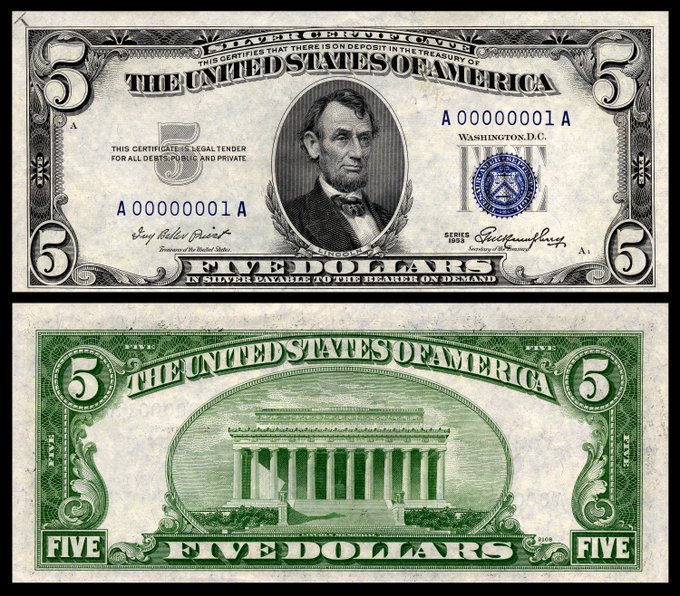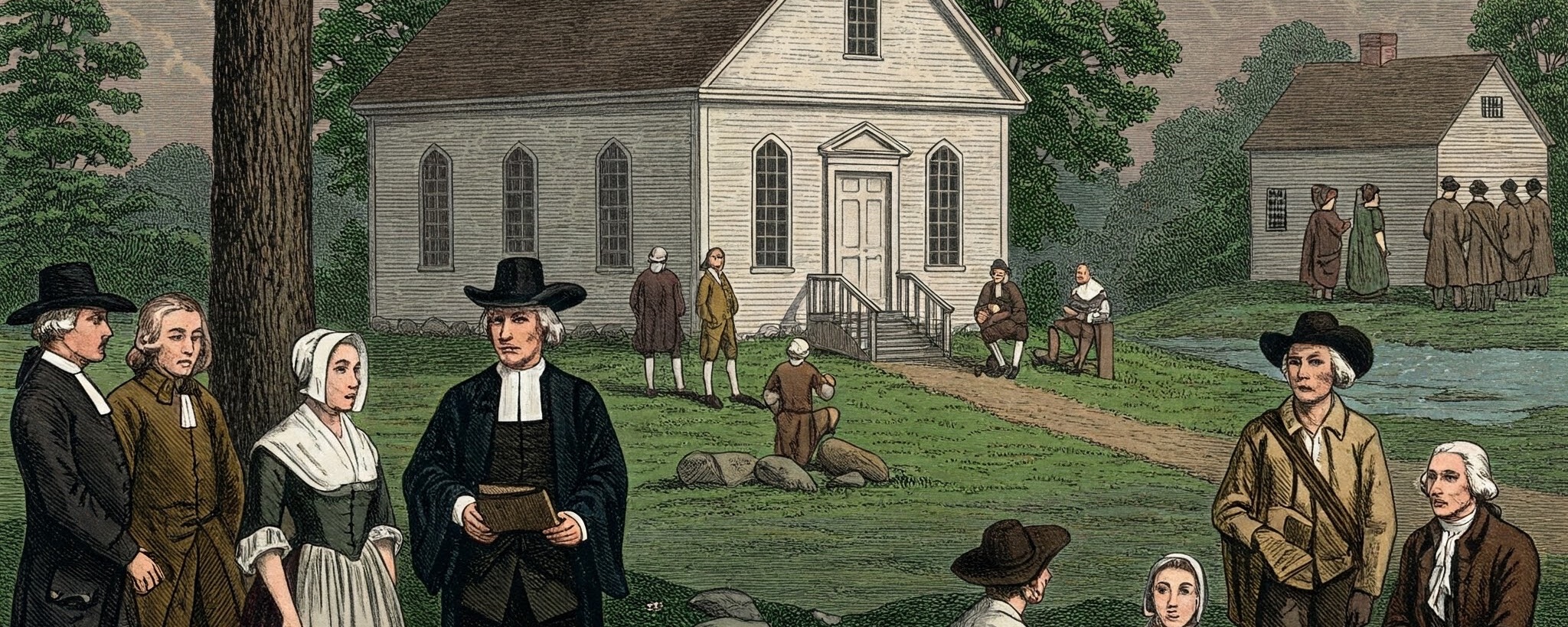How much of what you read online can you actually trust? A deep dive into one seemingly simple fact shows just how unreliable our modern information ecosystem is: the details of Nelson Mandela’s 1990 U.S. tour. We navigated past a simplistic AI answer and a vague Wikipedia entry to find the real story buried in a 30-year-old newspaper. This journey highlights a critical problem that information on platforms like Wikipedia can be scrubbed, leaving no trace. When basic history is this murky, and official sources are discussing UFOs, it fundamentally changes our relationship with the truth.
The fabric of our shared reality is more fragile than we think. Consider the logo for Fruit of the Loom; many people vividly recall a cornucopia, a horn of plenty, nestled among the fruit. Yet, the company asserts it was never there. This is a prime example of the Mandela Effect, a phenomenon of collective false memory that has been a subject of online fascination for over a decade. The term was coined around 2009 by paranormal researcher Fiona Broome after discovering that she, along with many others, shared a distinct but incorrect memory of Nelson Mandela dying in prison in the 1980s. In reality, Mandela was released from prison in 1990 and passed away in 2013.
This divergence between memory and recorded history extends beyond logos and historical figures. A recent exploration of Nelson Mandela’s 1990 U.S. tour provides a compelling case study in the subtle distortions of fact. An inquiry to an AI assistant might yield a very specific, yet incomplete, detail: “During his historic 1990 U.S. tour, Nelson Mandela’s organizers chartered a Boeing 727 from the Trump Shuttle for a flight from Boston to New York.” A broader search on Wikipedia reveals a more ambiguous statement: “Trump Shuttle conducted some charter operations around this time… In June 1990, the airline carried Nelson Mandela on his eight-city tour of the United States.” The vagueness of “carried on his tour” leaves room for misinterpretation.
It is only through digging into primary sources, such as a Los Angeles Times article from June 25, 1990, that the granular, verified truth emerges. The article explicitly states: “Mandela and the approximately 80 people traveling with him arrived here Sunday in a Trump Shuttle 727 and will take the same plane on the rest of the tour… Organizers are paying $130,000 to charter the plane.” This journey from a simplistic AI response and a vague Wikipedia entry to a detailed primary source highlights the unsettling nature of how we consume and accept information as factual.
(more…)




